15 SNES Games You Didn’t Know Were Censored
There's a good chance that you played a censored version of one of your favorite SNES games and didn't even know it.
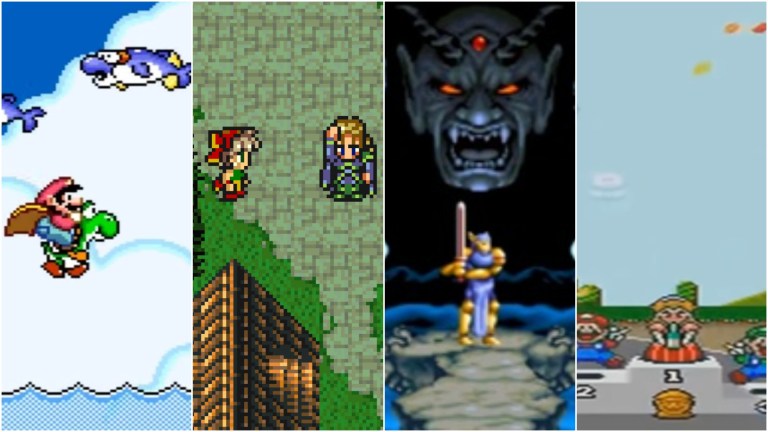
While many gamers associate the SNES with a simpler time filled with all-time great games that were often appropriate for the whole family, the truth is that quite a few notable SNES games were actually censored ports.
As we previously discussed in our look at some of the most notable censored NES games, it’s not entirely accurate to suggest that games back then were so much darker than you ever dared dream. Most instances of SNES censorship can actually be attributed to cultural differences. Others were likely implemented due to the fact that the ESRB wasn’t founded until 1994. Without a standardized rating game rating system in place, Nintendo was often better off playing it safe when it came to even potentially objectionable content.
From the silly to the genuinely shocking, there are 15 SNES games you didn’t know were censored.
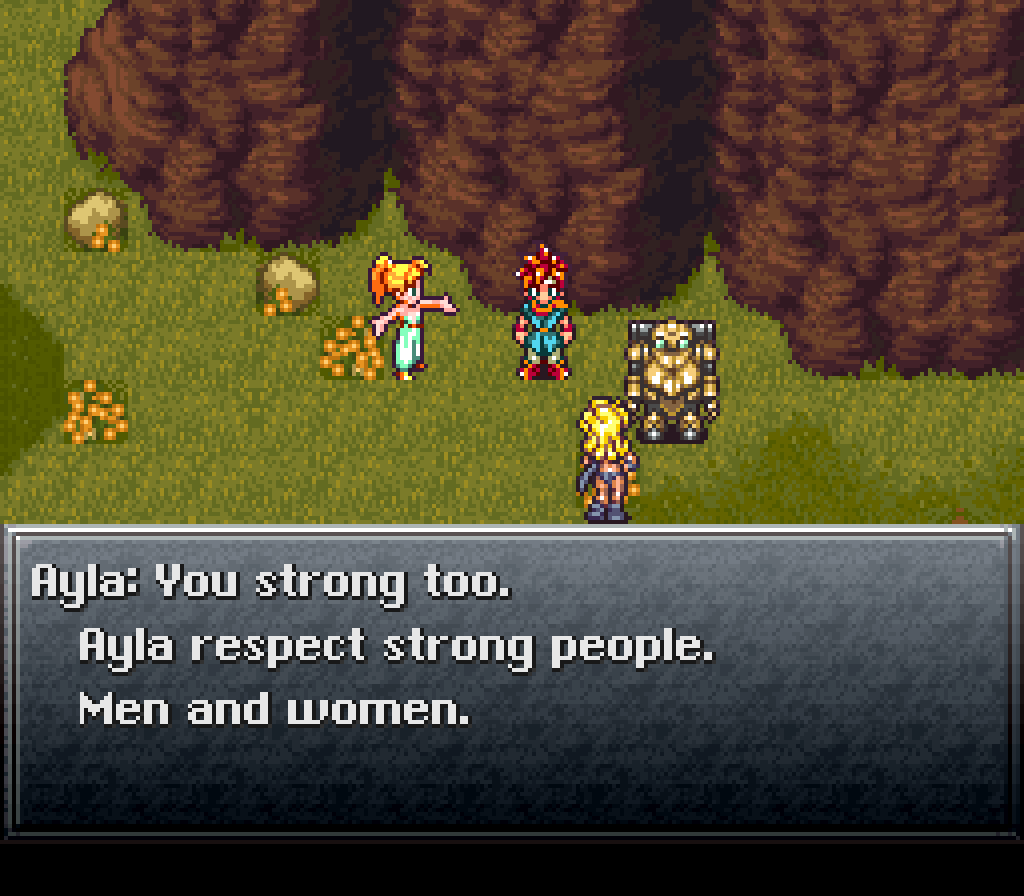
15. Chrono Trigger
While the original version of Chrono Trigger featured a few scenes of drinking and violence that obviously didn’t make it to the West, it was really the game’s religious content that caused so much trouble. Numerous references to religious figures and language were removed from the game before it was ported to the West. For instance, Crono’s “Lightning” element was originally known as the “Heaven” element in the Japanese version of the game. Even a reference to Magus being a “savior” was altered for the JRPG’s Western port.
Religious content aside, the biggest target of Chrono Trigger’s censorship was Ayla. In the original version of the game, Ayla was a violent, fun-loving, and hard-drinking companion who was likely bisexual. In the Western version of the game, pretty much all of those elements were removed or toned down. It’s easy enough to see those aspects of the character shine through even in the censored version of the game, though.
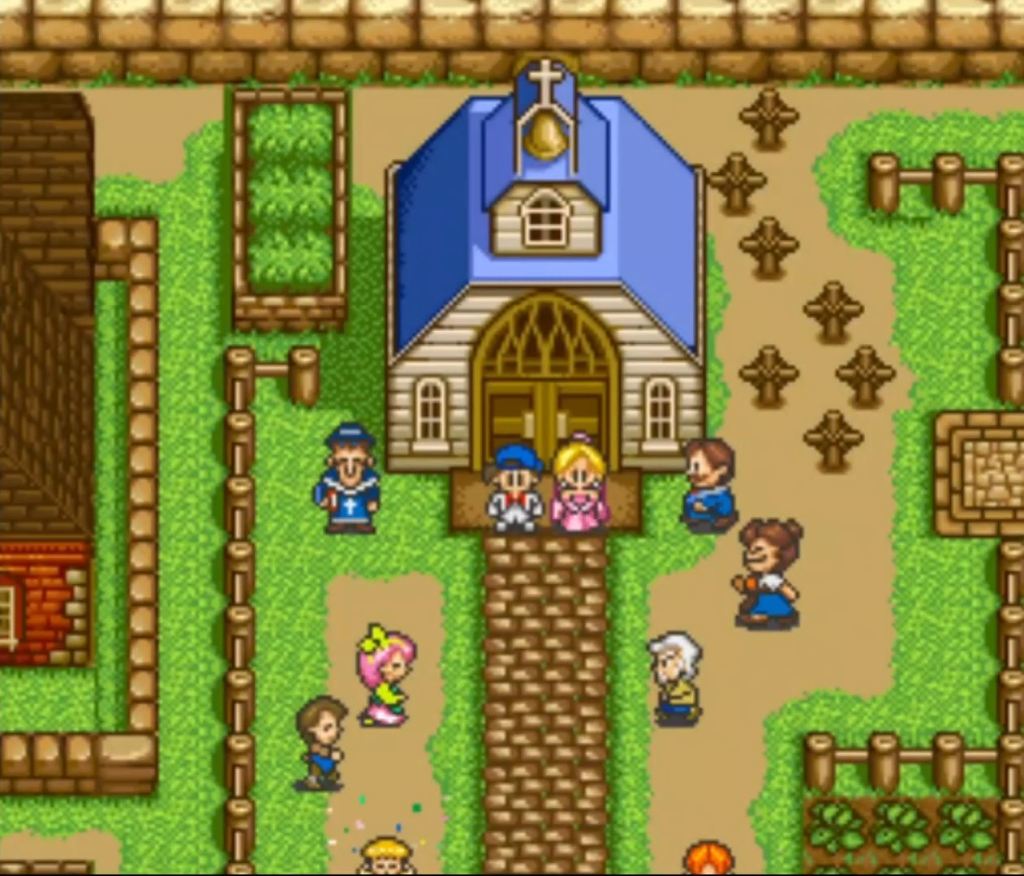
14. Harvest Moon
You may already know that the villagers in the original version of Harvest Moon really liked to unwind at the end of the hard day by heading down to the tavern and knocking a few back. You may also already know that Nintendo almost always cut all references to alcohol in SNES games. So, while it makes sense (given the context of the time) that Harvest Moon’s alcohol was changed to “juice” in the Western port of the game, the fact that the game’s villagers still seem to get drunk off that “juice” strongly suggests that someone involved with that port wasn’t overly concerned about pleasing the censors.
What’s even more interesting than the things that were censored in this game are some of the things that weren’t. For instance, Harvest Moon features several appearances of crosses and quite a lot of talk about religion. While religion and crosses appeared in some Western SNES titles, it’s rare to see them featured quite so prominently. Maybe Nintendo felt the game’s wholesome context negated the potential offensiveness of the imagery?

13. Actraiser
Unlike some of the games we’ll talk about, it’s really not that surprising to learn that a game like Actraiser needed to be censored in accordance with some of the content standards at the time. What you might find a little more surprising are the many ways that the game’s censorship really altered the scope and intended impact of the RPG’s story.
See, the original version of Actraiser featured God and Satan in starring roles. Nintendo was obviously worried about releasing a game in the West that relied that heavily on religious elements, but it wasn’t like they could rewrite the entire game just to remove all of that. So, they decided to leave Satan and God in, but to rename them Tanzra and The Master, respectively. They also changed several character designs to remove things like horns and anything else that could be easily associated with traditional religious concepts.
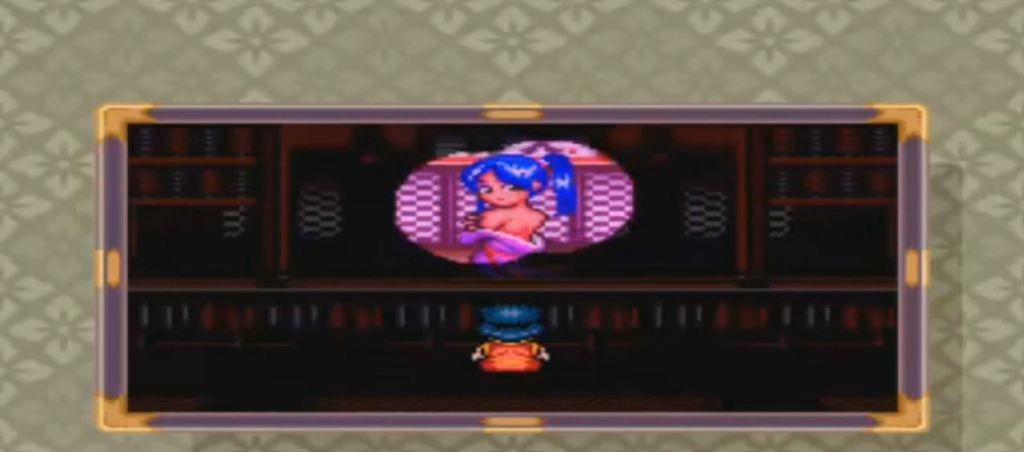
12. The Legend of the Mystical Ninja
While the vast majority of The Legend of Mystical Ninja survived the porting process (even if some translation issues got in the way of the fun), some of the game’s “theater” sequences took a massive hit. In fact, you might be surprised by how risque the original version of the game actually was.
For instance, once memorable theater sequence featured in the original version of Mystical Ninja largely consisted of a gentleman dropping his pants and farting on stage. While characters still fart in the Western port of the game, the whole “dropping the pants” thing was apparently a bit too much. Nintendo also removed a theater sequence featuring a young woman stripping (it was honestly a bit tame) as well as some optional sauna bath sequences.
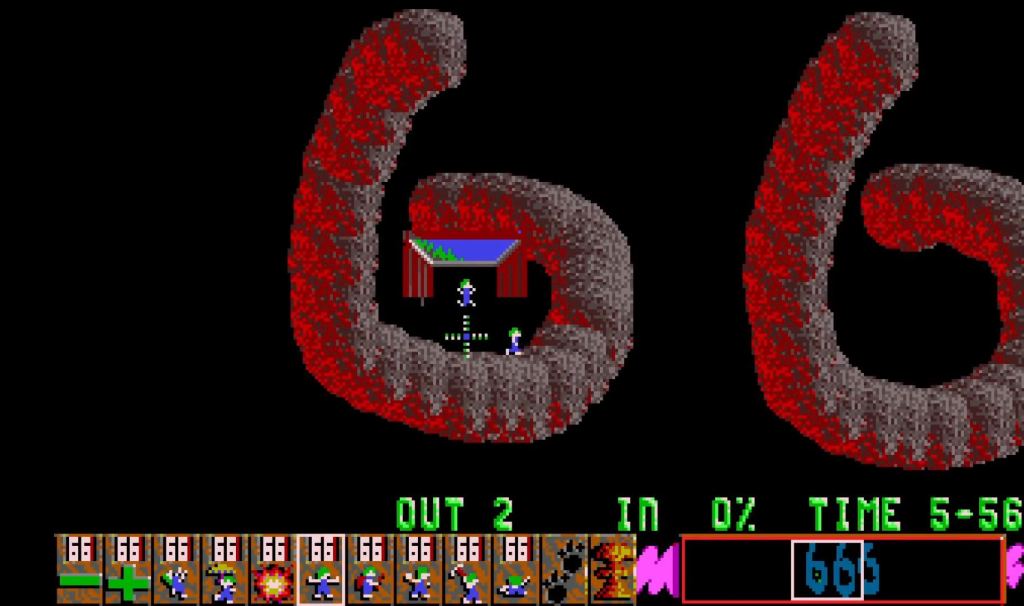
11. Lemmings
Lemmings is surprisingly violent for what is essentially a puzzle game, which really makes it that much more surprising that the SNES port retains much of the original game’s violence. A few instances of blood and gore are toned down here and there, but quite a few levels still feature blood in the background, and the lemmings still die in elaborate ways.
Strangely, it was Lemmings‘ various religious references that got the SNES version of the title censored in the West. While said religious references included simple things like crosses that had to be removed from the background of certain levels, it turns out that several Lemmings level names also contained religious references that needed to be altered. In one memorable instance, a level built around the number “666” needed to be redesigned entirely.
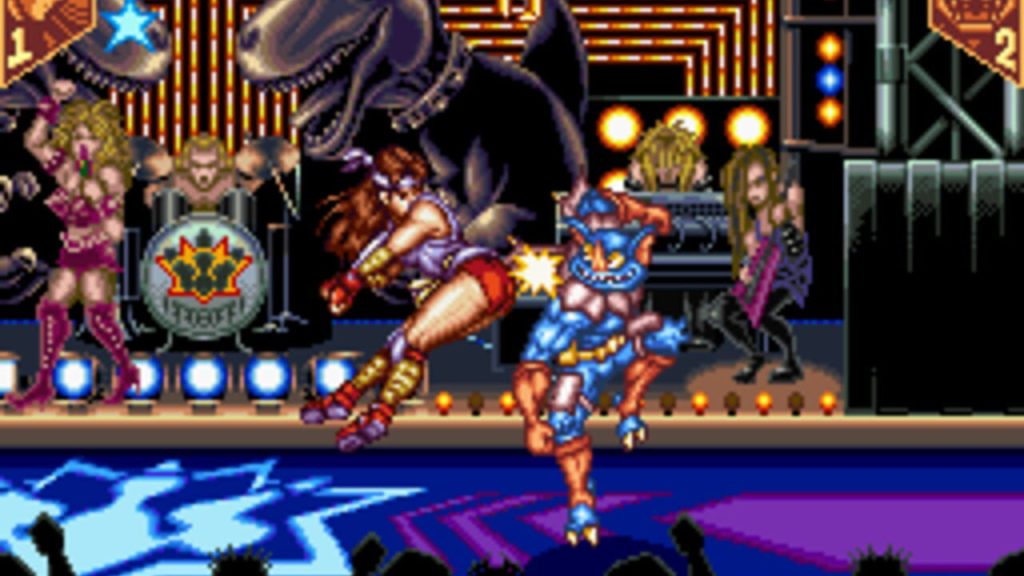
10. Teenage Mutant Ninja Turtles: Tournament Fighters
While most of you probably know that the SNES version of Mortal Kombat was censored, the fact of the matter is that quite a few SNES fighters were censored in one way or another. Even Teenage Mutant Ninja Turtles: Tournament Fighters wasn’t immune from a few changes.
The offending character in this instance was a fighter named Aska. In the original version of Tournament Fighters, Aska was a highly-sexualized character who fought in what was essentially a thong and celebrated her victories by bouncing up in down in an…exaggerated manner. While those aspects of the character were changed in the Western port of the game, the SNES version of Aska isn’t actually that far off from the original design.

9. R-Type III
While many instances of SNES censorship actually make sense once you’re aware of the standards and policies of that era, a few decisions still boggle the mind and really showcase just how sensitive the situation was back then.
For instance, it seems that Nintendo felt that some of the enemies in R-Type III looked a little too much like sperm. So, they seemingly requested that the enemies be redesigned to look like giant floating eyeballs that honestly still look a lot like giant sperm. This is just one of those little things that I’m honestly surprised someone bothered to notice.

8. Zombies Ate My Neighbors
The Super Famicom version of Zombies Ate My Neighbors was certainly a little more violent than the Western versions of the SNES game, but did you know that the European version of the game is strangely even more censored than the U.S. port?
For some reason, the European version of the game removed several visual and verbal references to chainsaws. Actual chainsaws in the game are replaced by axes, and the word “chainsaw” is replaced with “lumberjack.” I’m honestly not sure what the logic behind those changes was. I assume it has something to do with the video nasty era, but can any of our international readers explain why chainsaws were such a weirdly specific hot topic in parts of Europe during the ‘90s?
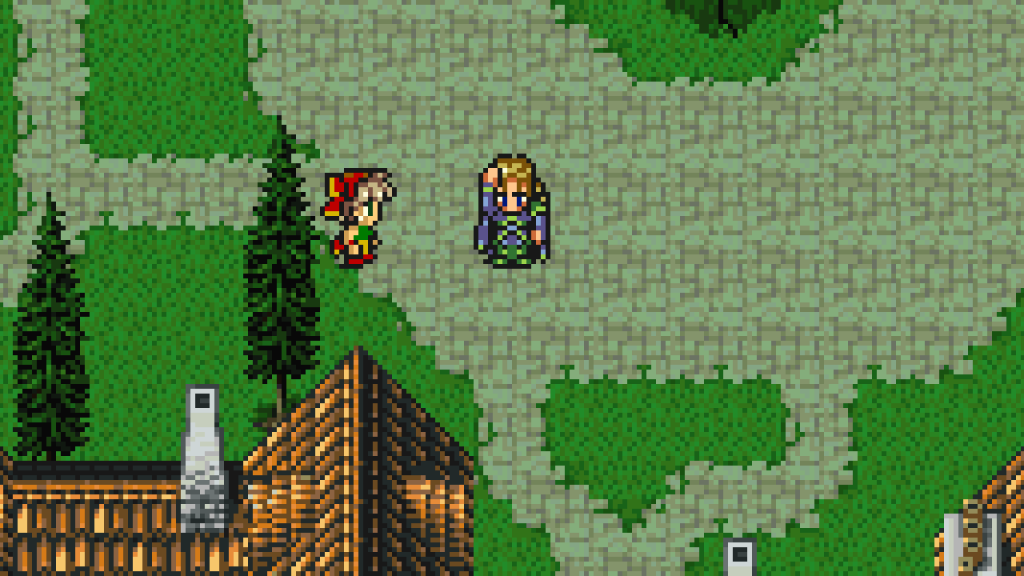
7. Final Fantasy 6
While most of the early Final Fantasy games were censored outside of Japan in some way, Final Fantasy 6 features some of the most substantial and surprising changes in the early history of the franchise.
While the SNES version of Final Fantasy 6 obviously removed or altered all the highly sexualized character designs and references to drugs and alcohol that just didn’t fly back then (and there were quite a few of them in this one), Final Fantasy 6‘s religious content was actually one of the biggest censorship targets. For instance, the “Jihad” spell needed to be changed to “Crusader” in the West. There’s also an incredibly awkward scene in the original version of the game in which Edgar seemingly talks himself out of hitting on a 10-year-old child by saying what roughly translates to “Yeah, that’d definitely be a crime… I better just forget about it.” The SNES version rightfully features an entirely different version of that scene, but some future versions of the game change Edgar’s dialog to “Not even a lady yet… Here’s hoping you’re still around in eight years, kid.” Oof.
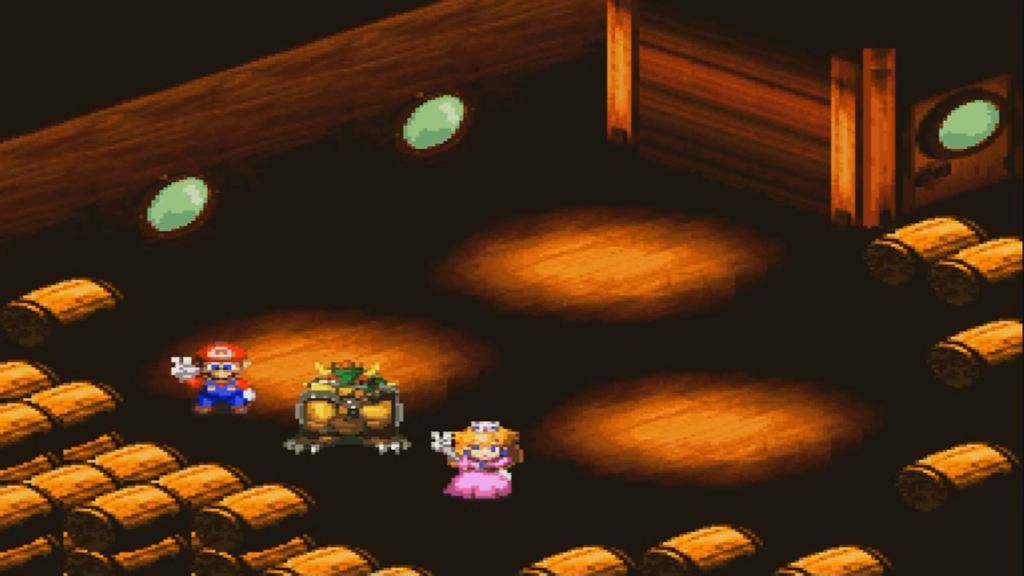
6. Super Mario RPG
This is certainly not the biggest example of a censored SNES game you’ll find on this list, but it is one of those examples of a censored game that really showcases the lengths Nintendo went to in order to keep potentially offensive content out of their titles
In the Japanese version of Super Mario RPG, Bowser celebrates his victories by crossing his arms and then throwing a fist up. While likely unintentional, that gesture does closely resemble a very familiar and quite rude gesture that is used in the West. In order to ensure that there was no confusion, Nintendo changed Bowser’s celebration animation outside of Japan (he just raises his fists in those international versions of the title).
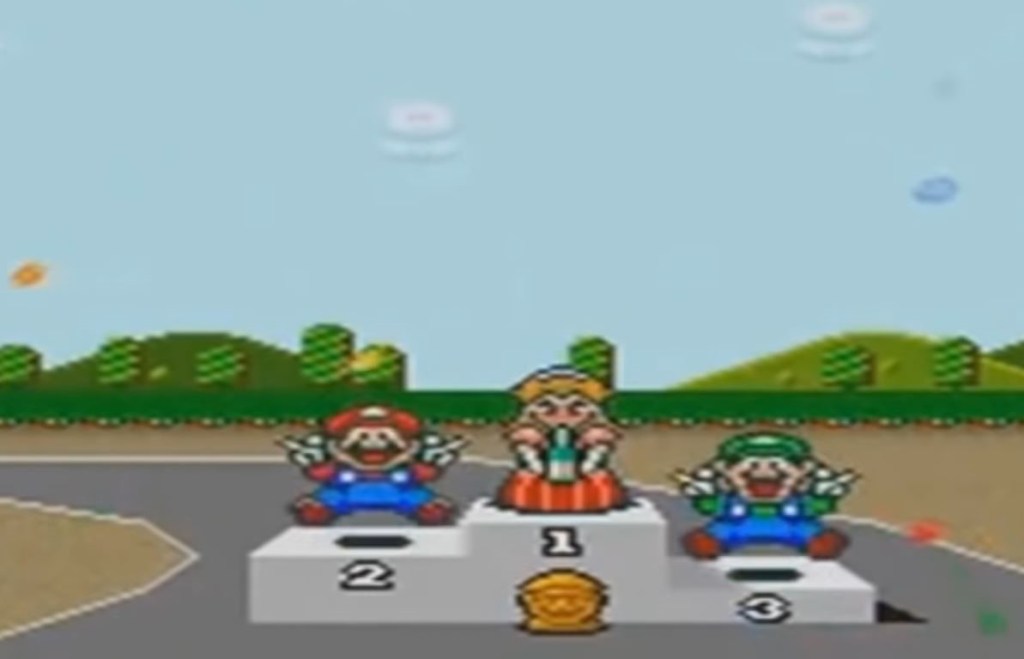
5. Super Mario Kart
There’s something hilarious about the fact that Super Mario Kart was censored in the West. It’s impossible to hear that a game so wholesome and family-friendly needed to be censored outside of Japan and not wonder just what it was about the kart racer that caused so much trouble.
As it turns out, our old friend alcohol is to blame. In the original version of Super Mario Kart, Bowser and Peach celebrate their victories by chugging a bottle of champagne. Bowser seems to handle the sudden influx of a ton of booze quite well, while Peach is clearly flushed in the face and looks ill. Nintendo removed the actual drinking animations from the Western version of the game, but they did leave the bottle in.

4. Super Mario World
Rounding out our trilogy of censored Super Mario titles is one of the strangest and most specific instances of censorship in SNES history.
In the Japanese version of Super Mario World, it was actually possible to eat the dolphins you find in certain levels (you even gained coins for eating them). In the Western ports of the titles, Yoshi can’t eat the dolphins (which also means you missed out on those coin farming spots). While this change was likely made to reflect how different cultures view hunting and eating dolphins, it’s also worth noting that those dolphins are one of the few (possibly the only?) creatures in the game that Yoshi can eat that aren’t trying to attack Mario.
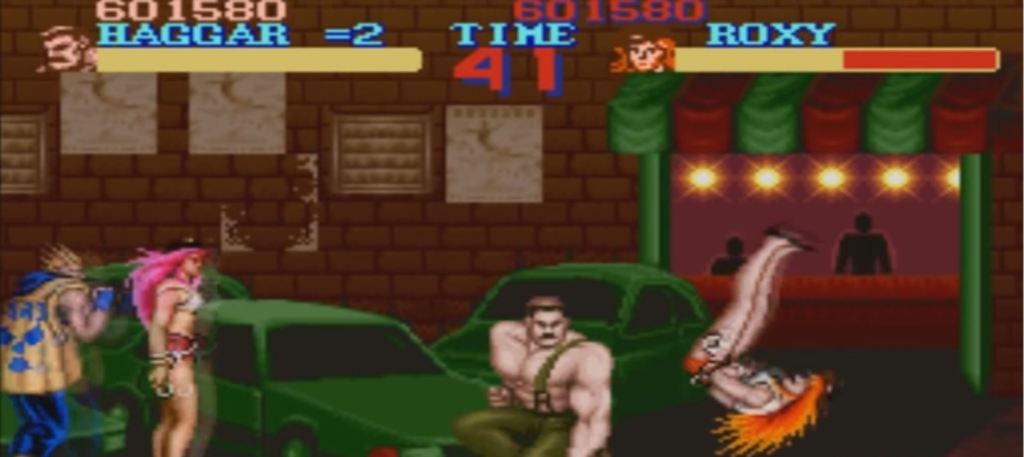
3. Final Fight (Series)
While I admit that it’s a little bit of a cheat to give this spot to an entire series, it really has to be said that the Final Fight franchise may be the most censored franchise in Super Nintendo history.
You may know that some of Final Fight’s more sexualized character designs were toned down in the Western version of the game, but that’s just the tip of the iceberg when it comes to this franchise’s history of censorship. From changing the phrase “Oh my God!” to “Oh my car!” to replacing whiskey with vitamins, so many little design decisions in the Final Fight games were eventually altered to avoid potential controversies. Interestingly enough, many of the changes made to the games involved altering enemy models to reduce instances of players fighting characters that some feared Western audiences may find objectionable. The most famous example of such a change has to be the case of Poison and Roxy: two characters designed to be transgender in the original version of the game who were changed to male characters named Billy and Sid for the SNES port.
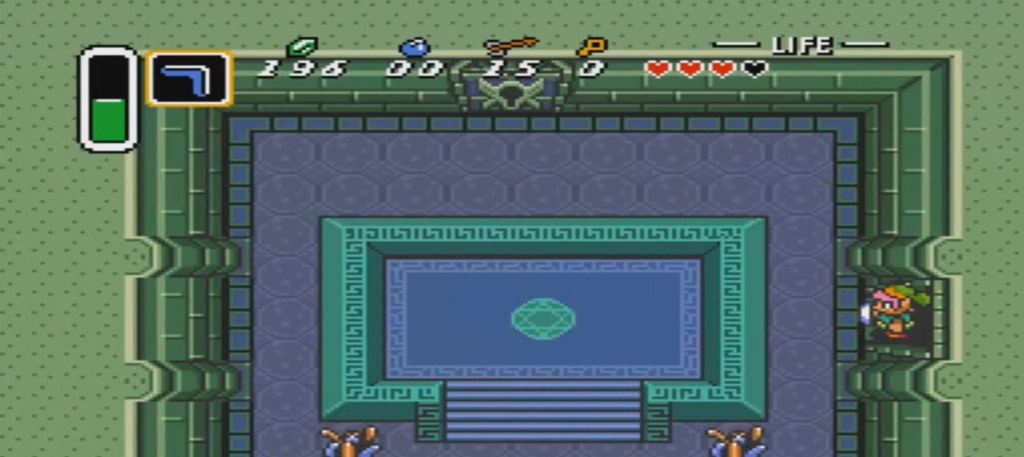
2. The Legend of Zelda: A Link to the Past
Anyone familiar with the history of Zelda games shouldn’t be too surprised to learn that several religious references in A Link to the Past were altered in the Western version of the game. For instance, a symbol that kind of looked kind of like a pentagram was changed to something a little more nondescript, and the Holy Priests were renamed “Holy Sages.” Even references to Egyptian hieroglyphs that were included in the original version of the game were changed to look like something more generic in the Western ports.
However, it’s arguably the changes made to the game’s name that ended up having the longest-lasting impact. See, the Japanese version of A Link to the Past was actually known as “The Gods’ Triforce” (or “Triforce of the Gods”). That was seemingly changed in the West due to the religious context. What’s especially interesting about that change is the fact that the 3DS title The Legend of Zelda: A Link Between Worlds is known as The Legend of Zelda: Triforce of the Gods 2 in Japan. It seems that its developers couldn’t resist making more of those excellent “Link” puns and chose the name A Link Between Worlds over “A Link to the Past 2” late in the development process.
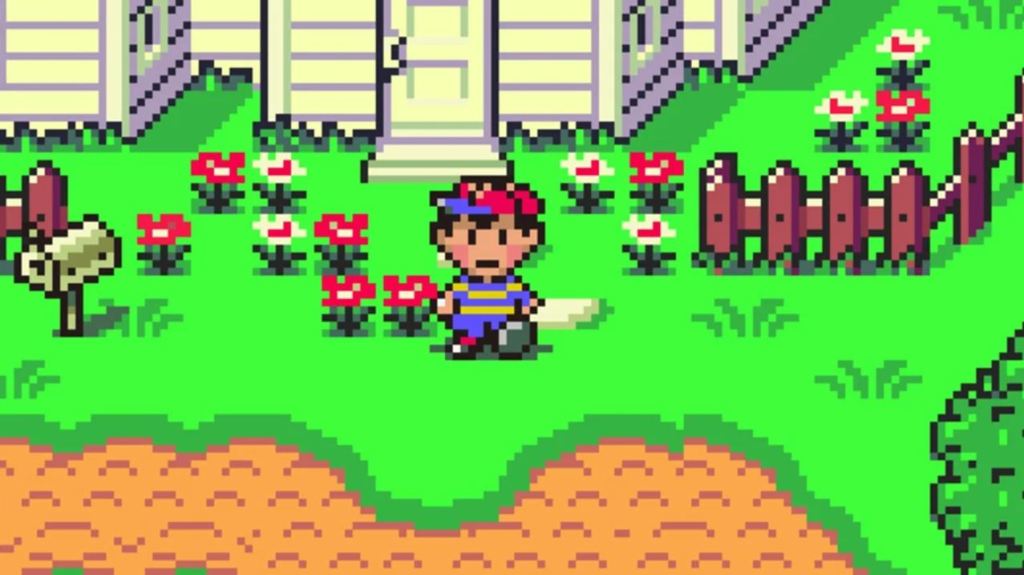
1. Earthbound
You may know that Mother 2 was censored before it was released in the West as Earthbound, but you might now know just how censored the U.S. version of the game actually is.
The Japanese and European versions of Mother 2/Earthbound are pretty intense. From the original versions of the Happy Happy Cultists that strongly resembled Ku Klux Klan members to a prolonged scene in which Ness walks around almost completely naked (he still wears his hat), the uncensored versions of Mother 2/Earthbound feature a ton of content that obviously wouldn’t have flown in the West and is pretty shocking to see to this day. Between the nightmare process of translating Mother 2‘s dialog and the number of things in this game that had to be censored or altered in order for the project to get the green light, it’s really a miracle Nintendo even bothered to port this one to the West in the first place.
It’s also worth noting that various pop culture references that had to be altered in the Western version of Earthbound. While not strictly an example of censorship, it’s kind of funny to think that so much of the game is really just a parody of American culture and that so many of those parodies needed to be altered in order for Americans to actually play it.
